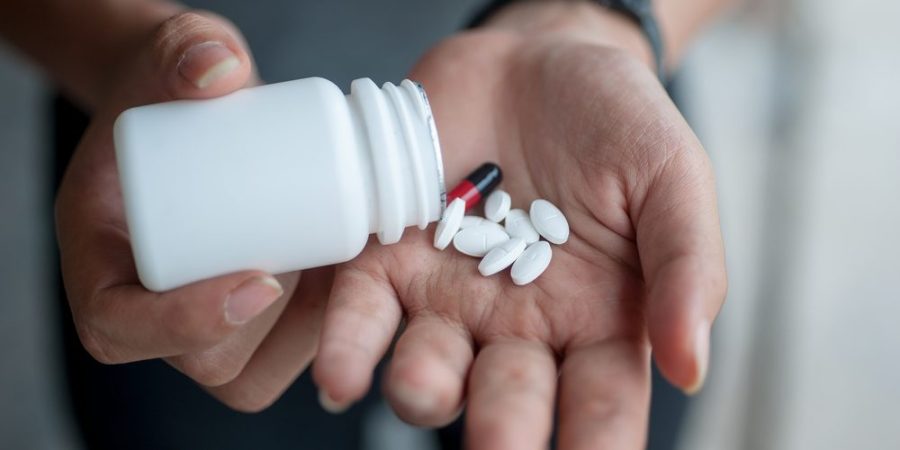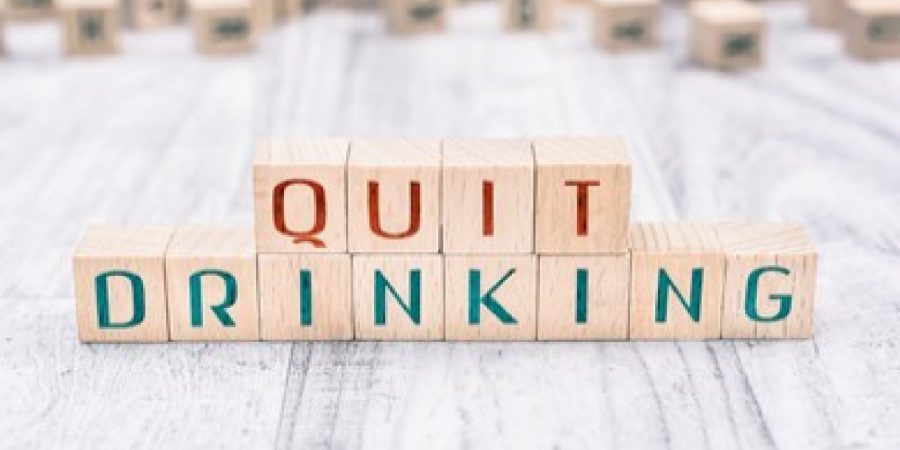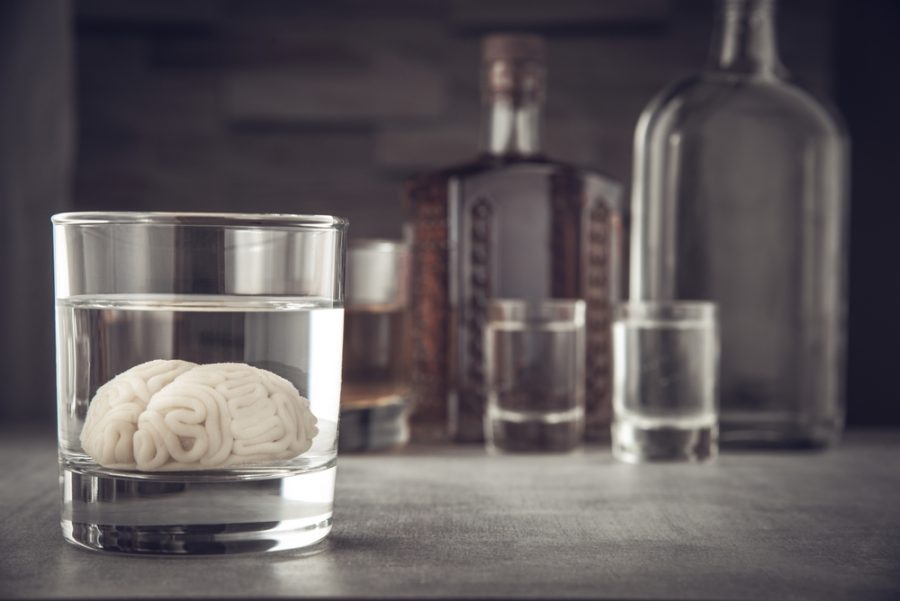A co-occurring disorder is when someone suffers from both a mental health disorder and substance use disorder. Co-occurring disorders, also referred to as dual diagnosis, affect nearly 8 million Americans. Dual diagnosis is highly serious as substance abuse and mental health greatly impact each other. Subsequently, this often requires integrative treatment that addresses and improves both conditions. Without such treatment, these conditions can worsen over time, leading to a high likelihood of relapse. This guide will help you understand the keys to recovery and the role of inpatient dual diagnosis treatment centers so that you can make the right choice about your care.
Dual Diagnosis: A Modern Approach to Addiction
In the past, mental health services and drug abuse treatment were split. This created a group of people who fell through the cracks because they needed parts of each treatment modality. People with substance use disorder only receiving mental health treatment only addressed half the problem, which often led to relapse. Now, recovery professionals understand how interconnected these issues are.
People with mental health conditions are at a higher risk of substance abuse, often through self-medicating, while substance abuse contributes to a downward spiral of mental health. For these reasons, dual diagnosis patients have unique needs and require care that simultaneously targets both areas.
Mental Health Evaluation

Doctors and behavioral health specialists consider the following when diagnosing a patient with co-occurring disorders:
- Meets the criteria for a mental health disorder
- Has a history of addiction that has negatively impacted mental health, professional or personal life, and recreational pursuits
- Pose a threat to themselves or others
- Has a history of suicidal thoughts or violence
- Is ready to pursue additional rehabilitation and has the support needed for successful treatment
Dual Diagnosis and Mental Illness
Dual diagnosis covers a wide range of mental illnesses that contribute to co-occurring substance abuse. For example, some of the most common examples include:
- Anxiety Disorder
- Depression
- Bipolar Disorder
- Personality Disorder
- Obsessive-Compulsive Behavior
- Post Traumatic Stress Disorder
- Phobias
- Affective Disorders
- Panic disorders
Be aware this list isn’t exhaustive. Anybody suffering from mental illness is at great risk of abusing drugs or alcohol and should seek help immediately. In some cases, individuals may have an undiagnosed mental health disorder. Symptoms can vary significantly, but common symptoms for people with co-occurring disorders include:
- Changes in appetite or sleep
- Feelings of deep sadness, guilt, worthlessness, fear, or panic
- Feeling fatigued or without energy
- Inability to concentrate
- Engaging in reckless behavior
- Suicidal thoughts
What Are the Signs of Substance Abuse?

Just as there are signs of potential mental issues in individuals, you must also keep an eye out for abuse of drugs and alcohol such as:
- Inability to control the use of a substance
- Using more of a substance than intended
- Developing tolerance and needing more if to achieve the same effects
- Cravings
- Experiencing withdrawal symptoms after discontinuing use
- Spending a significant amount of time acquiring substance and using it
- Neglecting professional or personal responsibilities
- Removing oneself from activities to use the substance
- Wanting to quit using a substance but being unable to
Treatment for Co-Occurring Disorders
With treatment, individuals with a dual diagnosis can recover. There are many aspects to treatment; however, a large part of it involves behavioral interventions. Different therapeutic approaches include:
- Cognitive Behavioral Therapy (CBT): focuses on challenging and changing harmful thoughts and behaviors to improve internal dialogue and emotions, developing the patterns needed for sustained sobriety
- Dialectical Behavioral Therapy (CBT): based on CBT, with a greater emphasis on emotional and social factors. It works to target the roots of self-harm and to create new behaviors and relationships to achieve goals.
- Individual Psychotherapy: focuses on behaviors related to substance abuse as well as with behavioral and mental health issues
- Integrated Group Therapy: treats symptoms and complications of co-occurring disorders in a group setting amongst peers with shared experiences.
Dual Diagnosis treatment centers may sometimes utilize medication in combination with these therapies. However, medication varies according to the diagnosis and health of the individuals. Commonly used medications include mood stabilizers, antidepressants, and anti-anxiety drugs which can assist in the treatment process.
Inpatient Dual Diagnosis Treatment Centers
In most cases, patients with a dual diagnosis require inpatient care. Inpatient treatment care gives individuals the 24/7 support and resources they need. Moreover, this treatment is ideal for anyone who has already received treatment and subsequently relapsed. Because treatment ensures that there is no way for you to use drugs or alcohol during your stay, it makes for the perfect place to get addictive substances out of your system. Subsequently, inpatient treatment is also popular for those who don’t have a drug-or-alcohol-free home to return to during outpatient care.
Co-occurring disorders create additional complications for individuals, so they usually need additional support, ongoing services, and interdisciplinary professionals who can provide the care they need.
Through inpatient dual diagnosis treatment centers, individuals can receive intensive treatment and holistic care to receive the right start to recovery from both disorders. In these rehab programs, participants:
- Engage in daily therapy in both individual and group settings
- Receive education about mental health, psychiatric disorders, and substance abuse
- Attend support groups
- Become immersed in a community of individuals living without drugs and alcohol
- Identify triggers
- Create relapse-prevention strategies
- Become empowered to live a life independent of drugs or alcohol
Inpatient Dual Diagnosis Treatment Aftercare
Before any treatment, staff members make an informed assessment of your mental, emotional, and physical health. After screening, your care team will create a plan best suited to your individual needs. Because each patient is different, so is their path to recovery. Most people in need of inpatient dual diagnosis treatment may benefit from a variety of therapeutic approaches. Additionally, the amount of time varies greatly by the patient, with some people needing weeks and other needing many months of care.
Before leaving a treatment program, individuals will meet with their counselors to start building an aftercare plan. This is because follow-up programs are the key to recovery and transitioning back into daily life. For context, some of these plans include:
Therapy sessions: continued therapy in either group or individual therapies to continue working through mental wellness and addiction issues
Group therapy: creating the support system needed for long-term sobriety. This includes 12-step programs like Alcoholics Anonymous, as well as faith-based and other types of support.
Sober living facilities: patients may transition to a facility where they still participate in daily activities such as work or school while living in a structured and safe environment as they build towards recovery
Scheduled drug testing: to build accountability for individuals after they’ve completed a program
Get the Help You Need in Ohio
Many times, facing mental health and addiction issues are too much to handle alone. The underlying issues remain, and these are the areas that we help with during treatment. We know that nothing is more disheartening than relapsing after leaving rehab, so we give patients the tools to stay sober.
Reach out to Georgetown to learn about available treatment options. You can contact us online or call us at 937-350-1536















